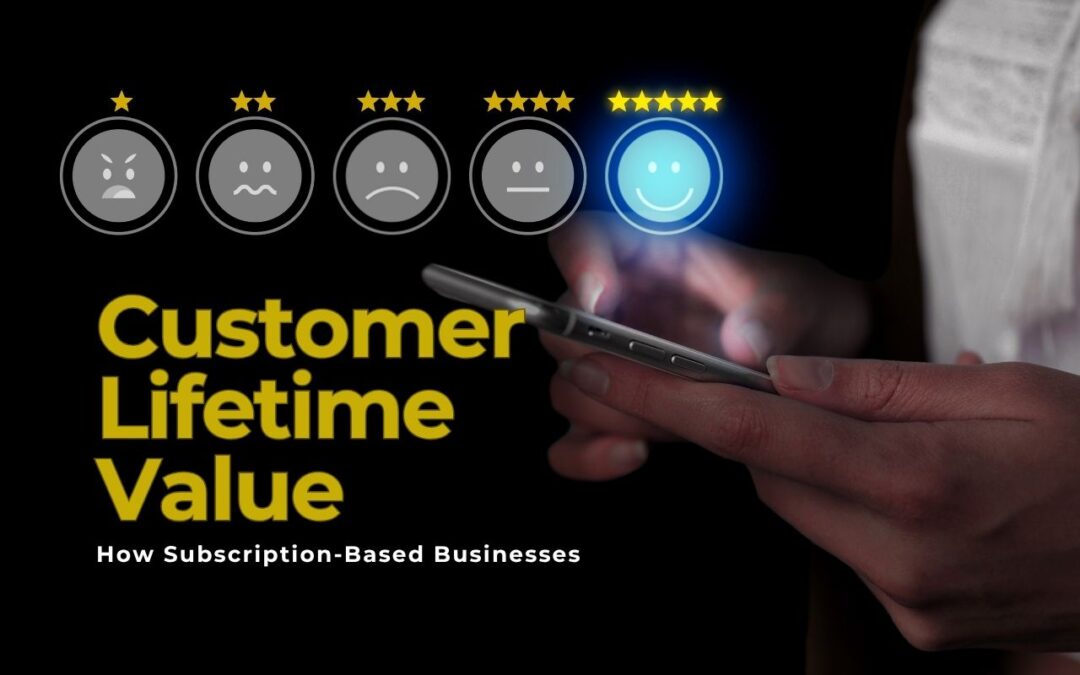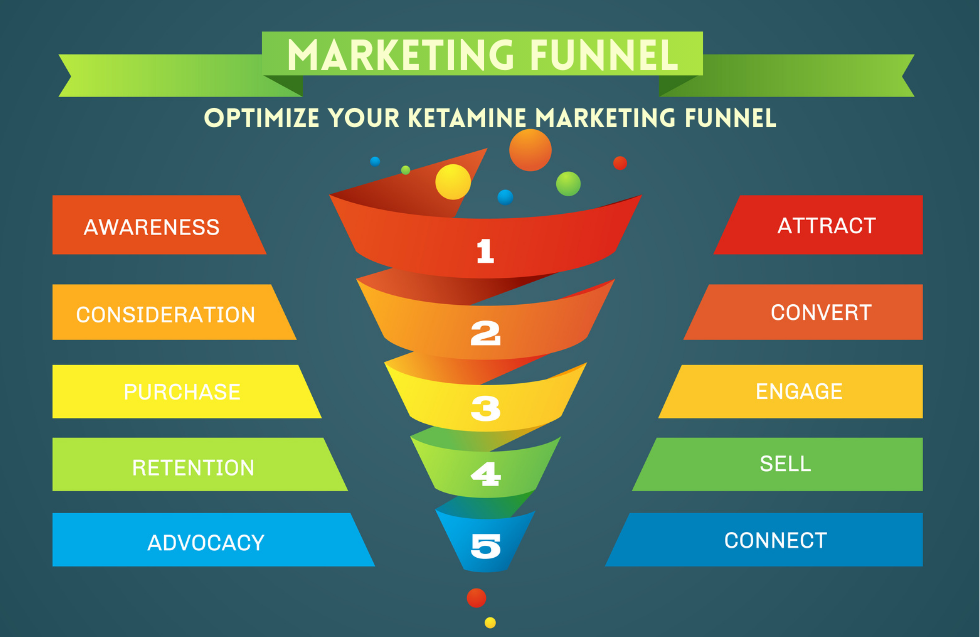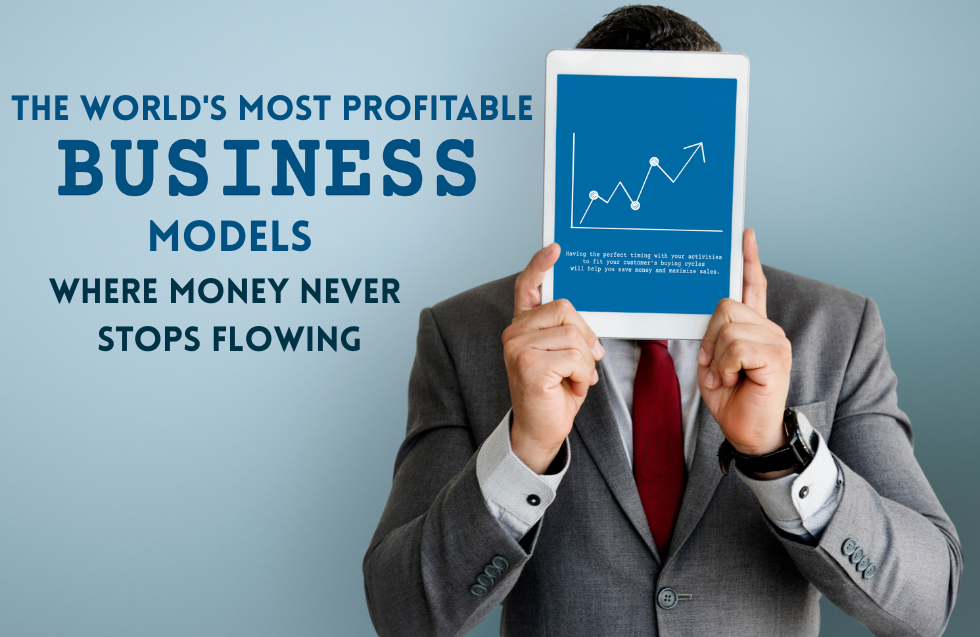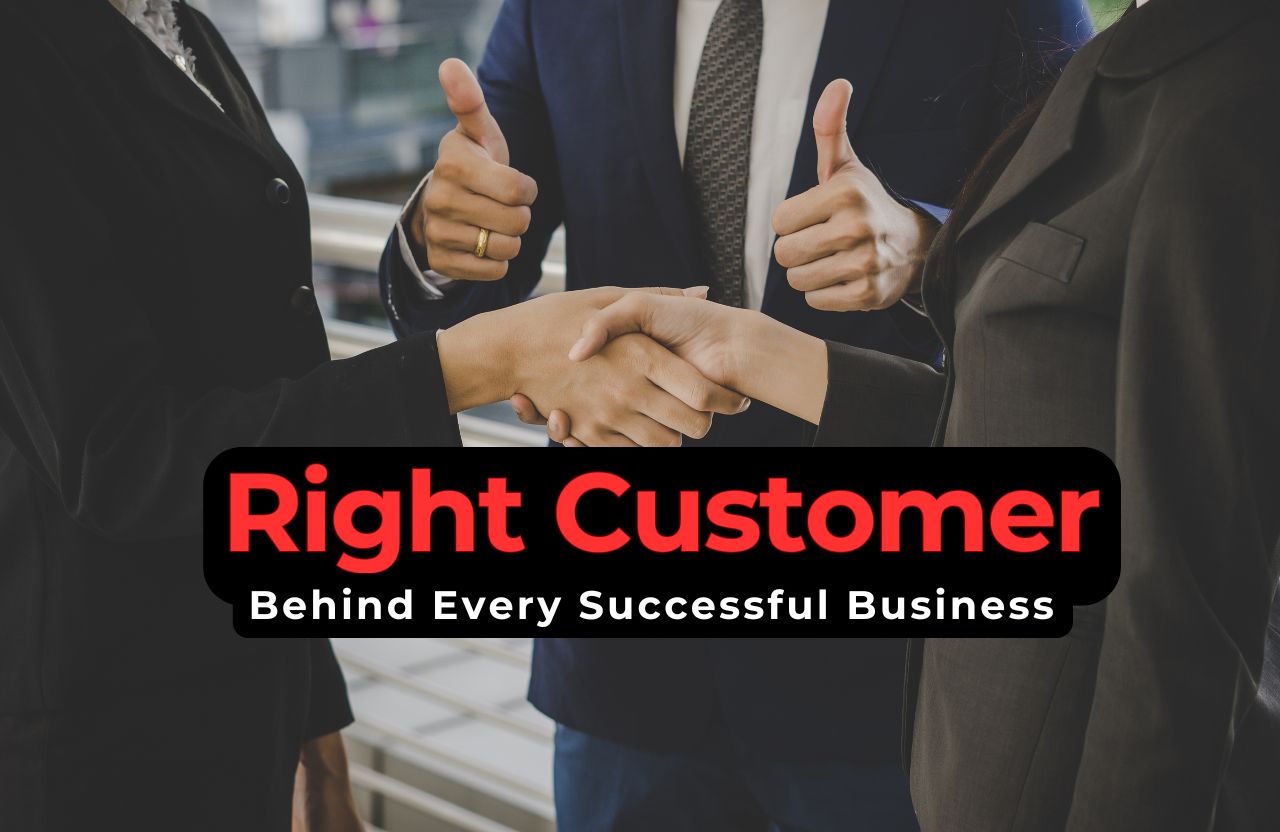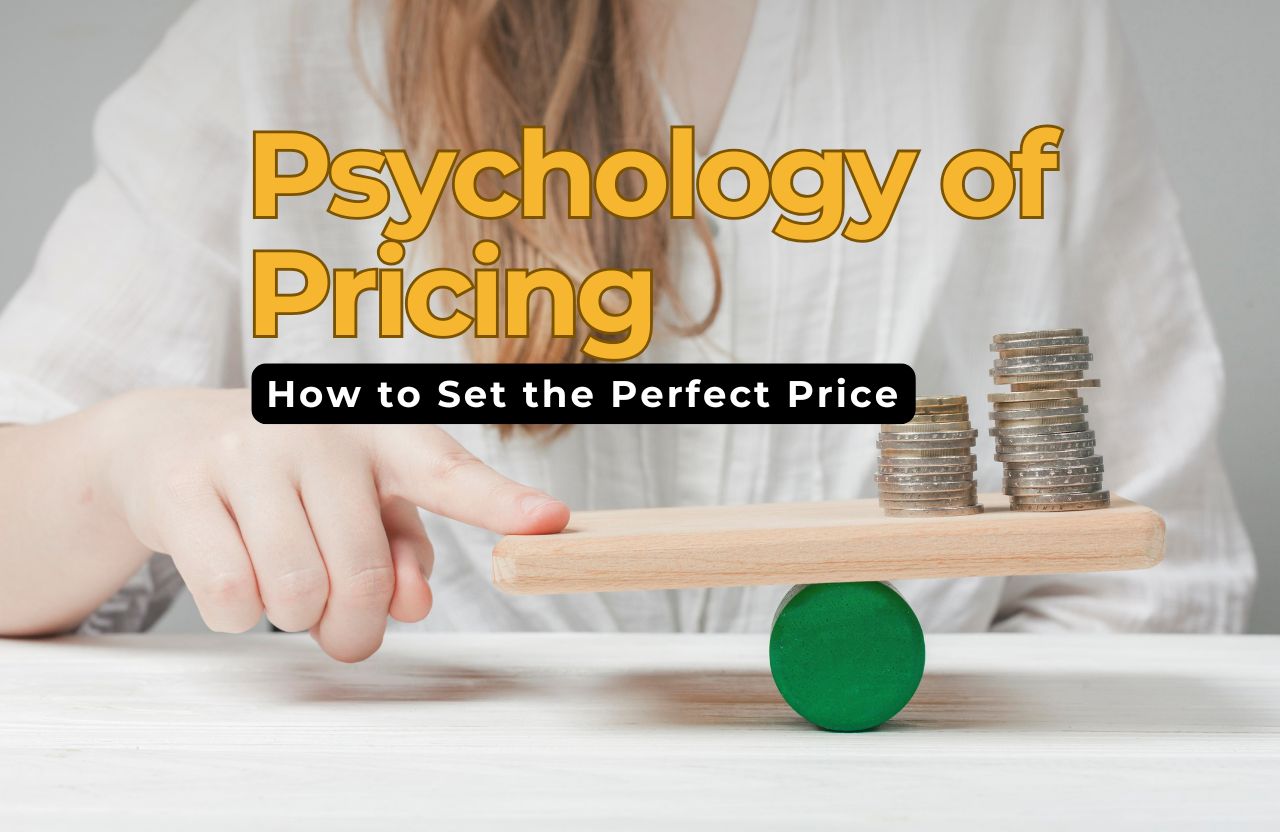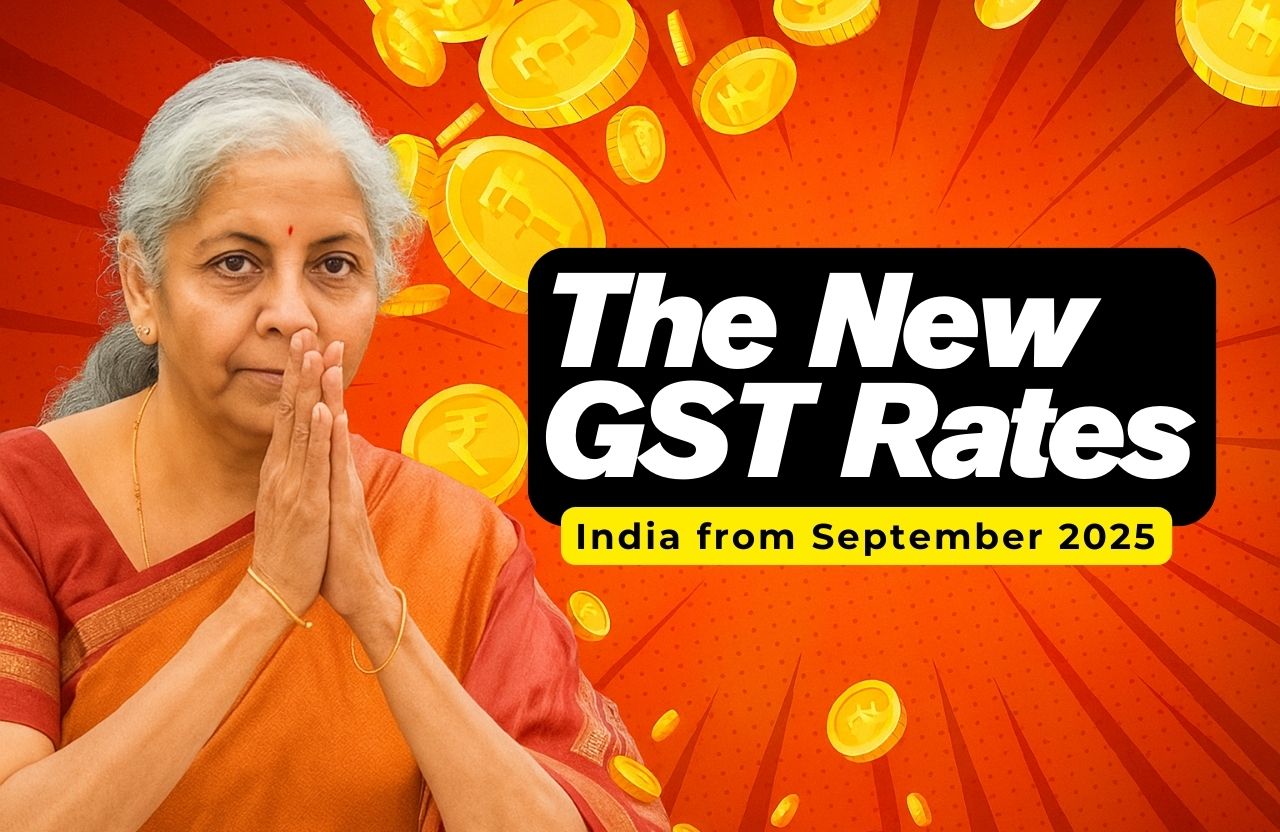In today’s digital-first economy, the subscription-based business model has rapidly evolved from a niche strategy to a mainstream approach embraced across industries. Whether it’s streaming services like Netflix, software platforms like Adobe Creative Cloud, or even subscription boxes delivering everything from meal kits to skincare products, the recurring revenue model is here to stay. But while gaining subscribers is important, retaining them and increasing their Customer Lifetime Value (CLV) is even more crucial for long-term success.
In this blog, we will delve into what CLV means, why it’s essential for subscription businesses, and the most effective strategies to maximize CLV while enhancing customer satisfaction and brand loyalty.
What is Customer Lifetime Value (CLV)?
Customer Lifetime Value is a predictive metric that estimates the total revenue a business can expect from a customer over the entire duration of their relationship. For subscription businesses, CLV takes into account:
- Monthly or yearly subscription fee
- Customer retention rate
- Churn rate
- Upsell and cross-sell revenue
- Customer acquisition cost (CAC)
Formulaically, CLV can be calculated as:
CLV = (Average Revenue Per User × Gross Margin %) × Average Customer Lifespan
A higher CLV means a better return on investment for customer acquisition efforts and more stability in revenue forecasting.
Why CLV Matters in Subscription-Based Businesses
- Predictable Revenue Streams: Subscription models offer more predictable income than one-time sales. Knowing the CLV allows for accurate revenue forecasting and better financial planning.
- Lower CAC Impact: High CLV offsets customer acquisition costs, making marketing investments more profitable.
- Customer-Centric Strategy: Focusing on increasing CLV inherently aligns businesses with customer satisfaction, as loyal, long-term users are often more engaged and satisfied.
- Brand Advocates: Subscribers with high CLV are more likely to become brand advocates, leading to referrals and organic growth.
Strategies to Maximize Customer Lifetime Value
1. Onboarding Optimization
The first impression sets the tone for the customer journey. A seamless, engaging, and informative onboarding experience can reduce early churn.
Tips:
- Use guided tutorials and walkthroughs.
- Send welcome emails with tips and resources.
- Offer a concierge or live chat service during the first week.
- Segment users and personalize onboarding flows.
2. Personalization and Customer Segmentation
Not all customers are the same. Using data to segment users based on behavior, preferences, and purchase history allows for personalized content and offers that keep them engaged.
Tips:
- Implement AI-driven recommendation engines.
- Create targeted email campaigns.
- Use dynamic pricing models or tailored upsells.
3. Regular Value Communication
Subscribers need constant reminders of the value your service provides.
Tips:
- Send monthly performance reports (e.g., Spotify Wrapped, fitness app progress reports).
- Share tips on getting the most out of your product.
- Use in-app notifications to highlight new features.
4. Loyalty and Rewards Programs
Incentivize long-term engagement with loyalty rewards.
Tips:
- Offer loyalty points redeemable for discounts or exclusive content.
- Provide early access to new features.
- Recognize and reward milestone achievements (e.g., one-year subscription anniversary).
5. Upselling and Cross-Selling
Maximize the revenue from each subscriber by offering add-ons or higher-tier plans.
Tips:
- Use usage data to suggest relevant upgrades.
- Bundle complementary services.
- Time offers strategically, such as when a customer hits usage limits.
6. Proactive Customer Support
Quick, empathetic, and proactive customer service can make or break loyalty.
Tips:
- Implement live chat and 24/7 support.
- Monitor for inactivity or cancellation intent and intervene with personalized outreach.
- Regularly collect and act on customer feedback.
7. Churn Prediction and Prevention
Use predictive analytics to identify at-risk customers and implement retention strategies.
Tips:
- Track engagement and usage metrics.
- Automate win-back campaigns.
- Offer pausing options instead of cancellation.
8. Content and Community Building
Creating a community around your product fosters emotional engagement and reduces churn.
Tips:
- Launch user forums, social groups, or exclusive events.
- Encourage user-generated content.
- Regularly publish helpful blog posts, webinars, and newsletters.
9. Flexible Subscription Models
Giving customers more control can lead to longer relationships.
Tips:
- Offer different subscription tiers.
- Provide easy upgrade/downgrade options.
- Allow customers to pause instead of canceling.
10. Data-Driven Decision Making
Leverage analytics to continuously refine strategies.
Tips:
- Use A/B testing to optimize user experiences.
- Monitor CLV across different segments.
- Continuously iterate based on performance data.
Case Studies: Brands Excelling at CLV Maximization
Netflix
Netflix continually improves user experience with personalized recommendations, original content, and regional customization. Their churn rate remains low due to constant innovation and value delivery.
Dollar Shave Club
By creating humorous, relatable content and providing convenient grooming solutions, Dollar Shave Club keeps customers engaged. Their loyalty program and personalized boxes increase retention and upsell opportunities.
Spotify
Spotify uses listening data to create tailored playlists, wrapped year-in-review content, and social sharing features. This level of personalization has led to exceptionally high user engagement and loyalty.
Key Metrics to Monitor
To ensure your CLV optimization efforts are working, regularly monitor:
- Churn Rate
- Customer Retention Rate
- Average Revenue Per User (ARPU)
- Net Promoter Score (NPS)
- Customer Satisfaction Score (CSAT)
- Monthly Recurring Revenue (MRR)
Final Thoughts
Maximizing Customer Lifetime Value is not just about increasing profits—it’s about delivering sustained value to your customers. In a subscription-based business model, this means focusing on retention, engagement, personalization, and support.
By implementing the strategies outlined above, businesses can turn subscribers into long-term advocates, ensuring growth, profitability, and resilience in an increasingly competitive landscape.
